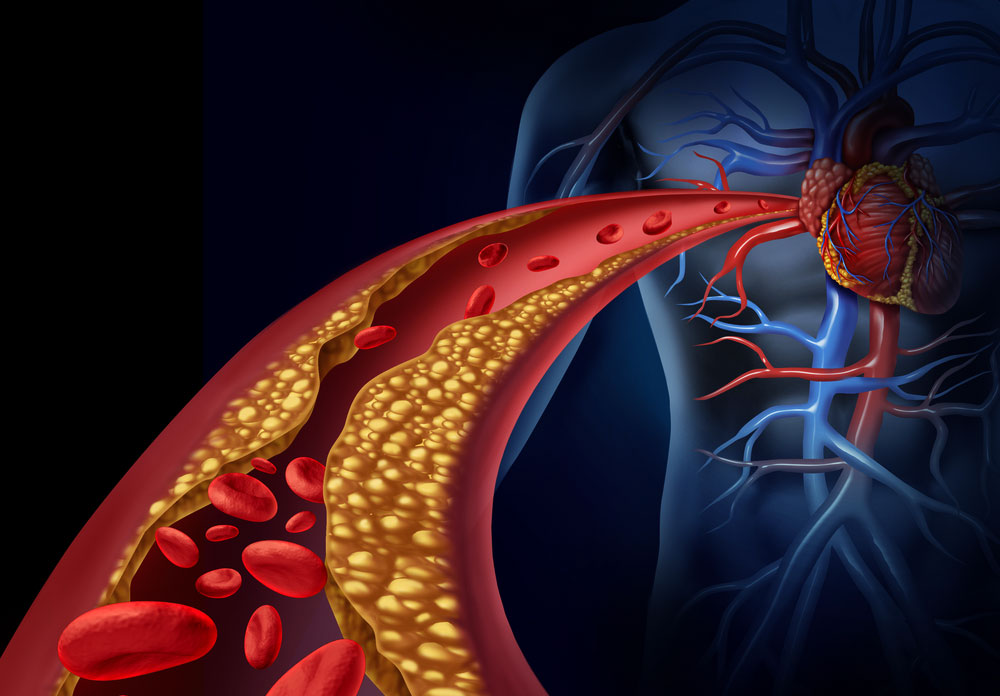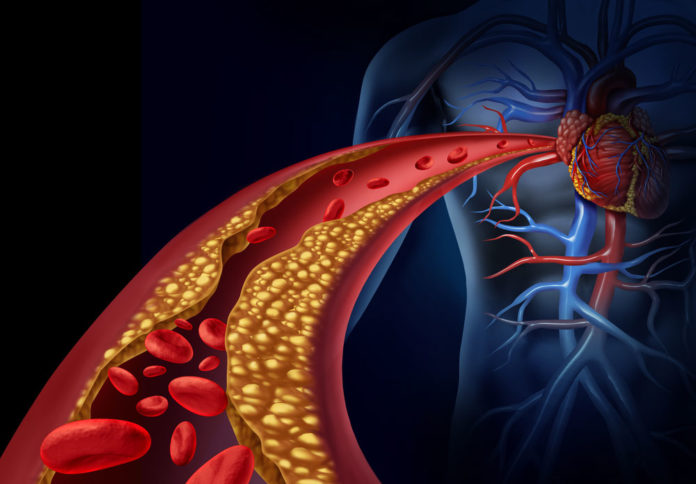Most people are aware of the dangers linked to heart diseases, but blockages of accumulated plaques or cholesterol can actually impact more than the coronary arteries. Two of the most common vascular diseases are strokes and aneurysms, respectively amounting to 200,000 and 3 million cases in the U.S. every year. In order to control these numbers, a new study claims that cocaine addiction must be included as a risk factor in protocols and guidelines for vascular diseases.
Cocaine use doesn’t just promote vascular diseases, it also influences the course of management and treatment of the diseases, the authors stated.
Published in the International Journal for Research and Investigation on Atherosclerosis and Related Diseases, the study looked at numerous major postmortem and in vitro investigations that had documented vascular toxicity caused by cocaine from 1978 to 2017. The researches analyzed were found through searches of relevant terms in two electronic databases, PubMed and Academic Search Complete.
According to the researchers, cocaine is known to be a powerful vasoconstrictor, which can cause cerebrovascular and cardiovascular damage of distinct natures, such as ventricular arrhythmias, hypertension, myocardial infarction (heart attacks), strokes, and tachycardia. These conditions can result in severe functional impairments and/or sudden death.
The team added that cocaine produces significantly higher risks of vascular diseases than most other illicit drugs, and it’s the drug that’s most involved in emergency room visits — the highest rates of visits occur among males who are between 35 and 44 years old.
The researchers emphasized that there are not only chronic but also secondary effects of cocaine use disorder (CUD).
Chronic effects of CUD included orbitofrontal cortex inflammation, optic nerve dysfunction, forward displacement of the eye (proptosis), double vision, nasal inflammations marked by severe destructive lesions of… (continue reading)

















